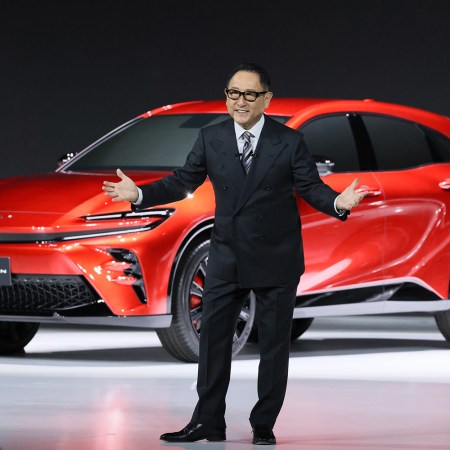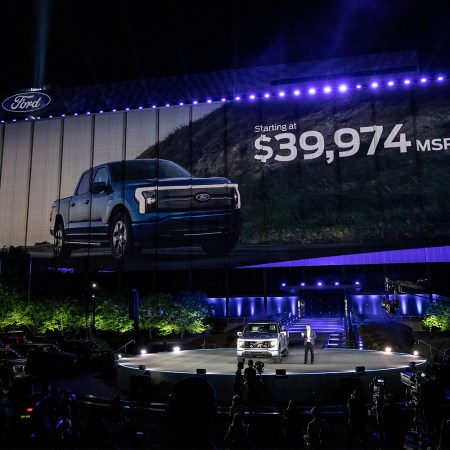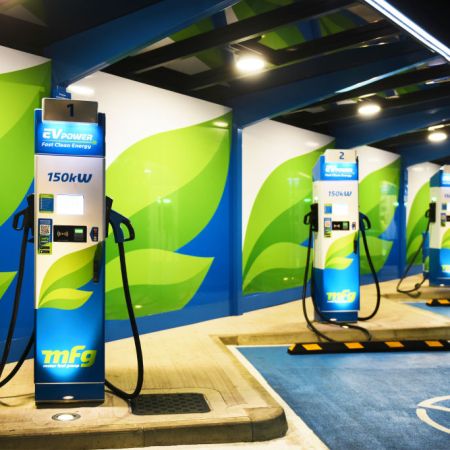In April 2021, General Motors and LG Energy Solution detailed plans to invest $2.3 billion in a battery cell plant in Tennessee, a price that went up by another $275 million last month. In September of last year, Ford announced plans to build massive electric car and EV battery factories in Tennessee and Kentucky, an investment totaling $11.4 billion in partnership with SK On of South Korea. By October 2022, the U.S. had seen over a dozen new and expanding lithium-ion battery factory investments in the previous 21 months, most of them clustered from the South up through the Midwest and Northeast.
Welcome to the “Battery Belt.”
The term, which The New York Times described in August as “the so-called Rust Belt, along with the Deep South,” has taken off in 2022 as the label for a new manufacturing region in the country where electric vehicles and the batteries that power them will be built. Shortly after the Times popularized the term, Axios mapped out the new investments, which show that Tesla’s various factories — located in California, Nevada and, most recently, Texas — are now the outlier in this newly centralized area.
The main reason for this relatively quick emergence of a new economic region in the U.S. is the passing of the Inflation Reduction Act in August. As the Times explained, the “sweeping new climate bill…allocates nearly $400 billion over 10 years to encourage the clean energy transition and the growth of factories precisely like [SK Battery America in Commerce, Georgia].” And by incentivizing automakers to build batteries and EVs here in the U.S., not only is the government boosting job opportunities, they’re hoping to “drive down the cost of EVs — and lessen U.S. dependence on China,” per Axios.
Additionally, unlike the last era of Silicon Valley-centered economic expansion in this country that focused on “internet and software-related products” and prioritized workers with college degrees in expensive cities, Conor Sen argues in a Bloomberg Opinion piece that the Battery Belt will be a boon to a more diverse workforce (without the same education levels) and wider swatch of cities (spread out from major urban hubs).
This is just the beginning. While the Battery Belt is now part of the lexicon, it will still be a few years before many of these plants are finished and running at full capacity, and thus it will likely take until the end of the decade for us to understand the full impact of this new region. One thing is certain, though, you can expect the investments to only continue in the new year.
Thanks for reading InsideHook. Sign up for our daily newsletter and be in the know.

















